The best thing about any draft are the experts that compile the mock drafts. For months, observers and fans look at these mocks to get an idea about who our team will take. Leading up to the MLB Draft, the majority of mock drafts had the Houston Astros taking Stanford right-hander Mark Appel first overall. With the first shakeup coming with the first pick, the Astros selected 17-year-old Puerto Rican shortstop Carlos Correa with their top pick. While Correa, widely considered the top high schooler in the draft, going first was a surprise, it didn’t amount to the surprise of Appel falling to your Pittsburgh Pirates at No. 8.
“The beautiful part of the process is you attack every player as if they will be available at your pick,” Pirates general manager Neal Huntington said. “When the player becomes available, if you like him, you take him. We projected he’d go earlier. We are comfortable with the selection and he was the best remaining player on the board.”
Huntington said with their five minutes on the clock, they did debate over a few different players, but stuck with their draft strategy.
“We stayed true to our board and the best available player was there,” Huntington said. “We got the big strong Mark Appel. He has the stuff, size, strength and ability. With his strong background, we were pleased he was sitting there.”
Appel tops out on his fastball at 99, but throws an average speed of 94-95 mph. His slider averages 82-83 mph with good movement. Being a college pitcher, he will rely on these two pitches to get him to the next level where he will have to work on his below average change up; similar to Bud Norris of the Astros.
Huntington said that he was as surprised as the people who do the mock drafts that he was still available, but that they have had their eye on him for some time.
“We didn’t miss a start,” Huntington said. “We had one or multiple people at each of his starts. We followed him throughout high school, all through his freshman, sophomore and junior year. There’s not much he’s done that we haven’t had someone see.”
The only turnoff for Pirates fans for Appel is that he is a client of the famous Scott Boras.
“There’s a system in place and we’re going to take each player and each pick that we feel fits us for the right reason,” Huntington explained. “Some of those players may be over or under slot players. This draft class is not about one player, it’s about adding as many quality players as we can.”
With the new CBA in play this year, gone are the days that the Pirates could spend $51 million between 2008-2001 on the draft. The Pirates could face penalties if they go over their allotted $6.56 million cap for the first 10 rounds (11 picks). For the Pirates, the challenge will be signing Appel, which the Pirates were slotted to pay their first round pick $2.9 million and still stay under their cap to have money to spend on the other picks. The penalties for going over are as follows:
Any team that exceeds its pool by 0 to 5% must pay a 75% tax on the amount of the overage. Any team that exceeds its pool by more than 5% but less than 10% must pay a 75% tax on the amount of the overage and loses a first round draft pick. Any team that exceeds its pool by more than 10% but less than 15% must pay a 100% tax on the amount of the overage and loses a first round draft pick and loses a second round draft pick. Any team that exceeds its pool by more than 15% must pay a 100% tax on the amount of the overage and lose two first round draft picks (Bleachernation).
With that said, if the Pirates were to go over by one million dollars ($7.56), they would pay a one million dollar tax and forfeit their next two first round picks. The new CBA was put in to effect so that teams would take the best player on the board, not the player they can afford to sign. According to numerous sources, it was the smaller market teams that wanted this.
For Huntington, he said he feels that they will be able to sign Appel, but either way, feels they are in a win-win situation.
“We don’t envision one player taking the chunk of our pool,” Huntington said. “We feel we have a legitimate shot to sign Mark. Our worst case scenario is the ninth pick in next year’s draft. The best case scenario is that he joins Jameson Taillon, Gerrit Cole and all that pitching in our system.”
While the ninth overall pick next year with a better crop of players wouldn’t be a bad thing, I think the fans are with Huntington in hoping the best case scenario plays out.
Photo credits: Associated Press


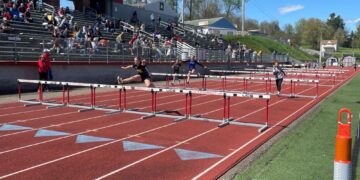


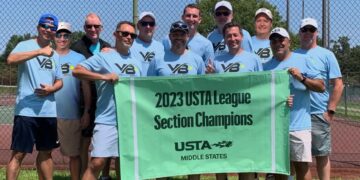


















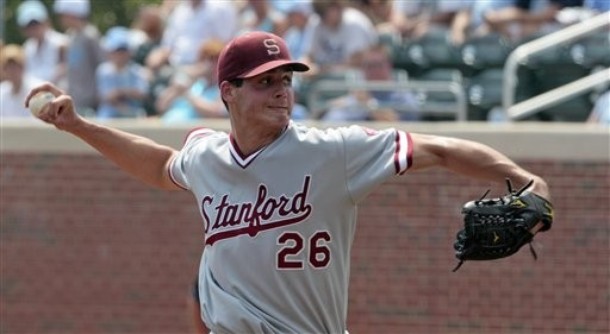
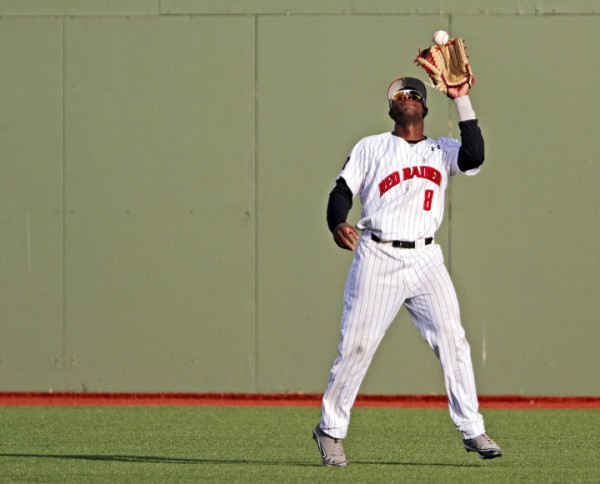
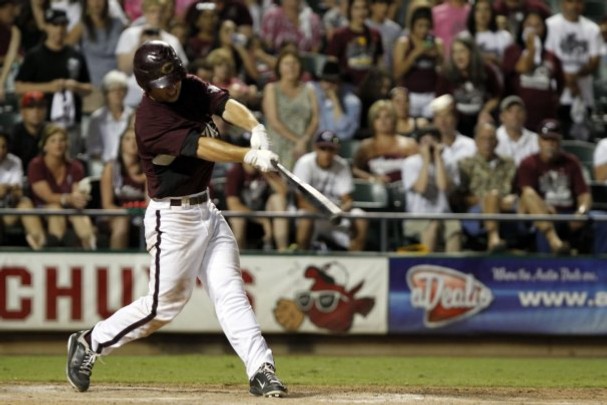



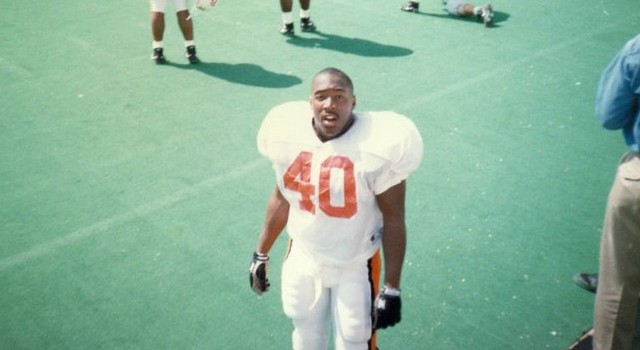

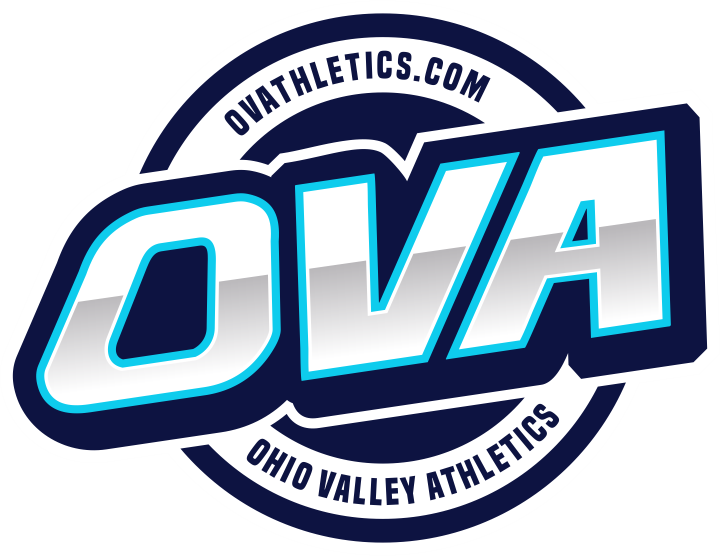
Discussion about this post